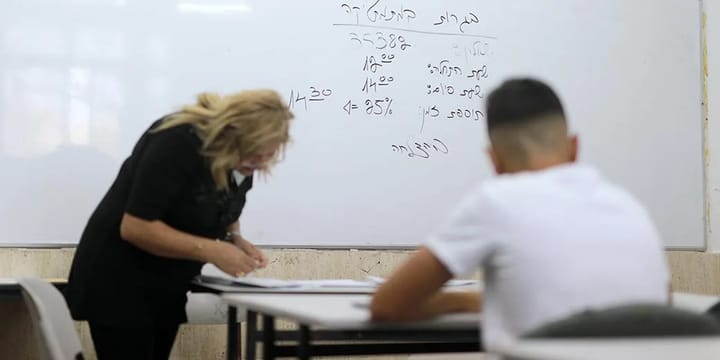Environmental Disaster in Gaza. Who is to blame?
Mezuzah columnist Leonid Goldenberg analyzes for you the UN report on the environmental situation in the Gaza Strip and the territory of the Palestinian Authority

On June 18, 2024, the United Nations Environment Programme (UNEP) released a report reflecting the environmental situation in the Gaza Strip and the West Bank (Judea and Samaria).
You can read it here - Environmental impact of the conflict in Gaza
It is important to note that the report was created upon request and demand of the "State of Palestine," i.e. representatives of the Palestinian Authority (PA).
Mainstream news reports in many countries primarily focus on information such as "in the Gaza Strip, there is so much rubble that it will take 100 trucks 15 years to clear it."
Why not 1,000 trucks for one and a half years and why exactly this figure is not specified, but anyway.
I decided to study the report in more detail because there is a lot to analyze, and I want to familiarize you, the readers, with its details.
Italicized text will indicate quotations.
The report starts by informing us that the environmental situation in the entire "occupied territory” (the entire Judea and Samaria, and the Gaza Strip) was in a dire state long before October 7.
The entire occupied Palestinian territory (the Gaza Strip and the West Bank, including East Jerusalem) was affected by environmental change and degradation before the escalation of the conflict following October 7, 2023.
We will not delve too deeply into the details and ask how the Gaza Strip, where there has not been a single Jew since 2005, is considered occupied, and how Area A, where the Palestinian Authority is based, which is referred to in the report as the "State of Palestine," is considered occupied, given the presence of government structures cooperating with Israel. This is not the point of this article, but still interesting.
In the report, after mentioning the entire territory, the focus quickly shifts solely to the Gaza Strip, as this is their primary interest.
Key findings of the 2019-2020 analysis included:
i) A freshwater crisis in Gaza, linked to over-abstraction from the Coastal Aquifer (linked to a steady increase in demand) and poor water quality caused by the use of agricultural pesticides, along with leaching of sewage. Nitrate concentration in the aquifer was six times higher than World Health Organization (WHO) recommendations, with chloride concentrations also high. Contaminants found in the groundwater present particular risks to children and pregnant women;
ii) Pollution of the marine environment, caused by the flow of untreated or partially-treated water and wastewater into the sea, with impacts on marine ecosystems, human health, and desalination operations;
iii) Contamination of soil caused by the discharge of raw and untreated wastewater into wadis and agricultural lands, and the widespread disposal of solid waste in informal dumpsites, many of which are located close to urban areas or agricultural land;
iv) Contamination of soil, water, and air from unregulated industries, including informal e-waste and vehicle processing. In Gaza, unregulated industries were found to be contributing to high incidences of childhood lead poisoning.
In summary, we are dealing with the use of low-quality pesticides, the extraction of water from the coastal zone instead of building desalination plants, the discharge of wastewater into the sea and groundwater, soil degradation, including the destruction of fertile soil, and the presence of dumps. All of this, combined with rapid population growth and uncontrolled construction, which leads to disasters during collapses.
Gaza has one of the highest population densities in the world – 6,102 people per km². A significant portion of households live below the poverty line. Before the current escalation and mass displacement of people within the Strip, parts of northern Gaza had a population density of over 30,000 people per km².
Urbanization in Gaza has occurred rapidly, with inadequate planning. Severe overcrowding has led to unauthorized "vertical" construction (this is how Middle Eastern illegal construction and the tradition of building vertically for multiple generations of families is described), increasing environmental and disaster risks, significantly limiting the effectiveness of municipal planning or zoning in refugee camps. About 40 percent of Gaza's population are children under the age of 15, and 60 percent are refugees (thanks to UN decisions – the status of a Palestinian refugee is inherited, and therefore 60 percent are such on paper, while their place of residence, even if it is an elite area with villas, is considered a refugee camp).
The report then states that after the escalation of the conflict on October 7 (what exactly happened on October 7?), Israel increased the number of bombings, further worsening the environmental situation in the Strip.
Understanding the scale, extent, and appropriate measures to address these problems requires specialized, science-based assessment. Such an assessment helps minimize long-term impacts on the environment and mitigate the harm caused by conflict to the greatest extent possible. Such an assessment should be conducted as soon as possible, and measures to protect people and prevent further contamination of soil, freshwater, and the marine environment should be taken.
The report further explains that over the years, the organization has been helping Gaza residents by implementing solar panel systems, helping to clean water bodies and land from large amounts of solid waste, and everything was fine until October 7. The main difficulties faced by Gaza residents include insufficient electricity and water supply, limited area (and the text mentions that "there is more land on the West Bank"), and, of course, occupation. How the “occupation” pushes Gaza residents to engage in practices like improper waste disposal and not building desalination plants with pipelines (as pipes were repurposed for rockets) remains unclear.
The report includes interesting pictures.
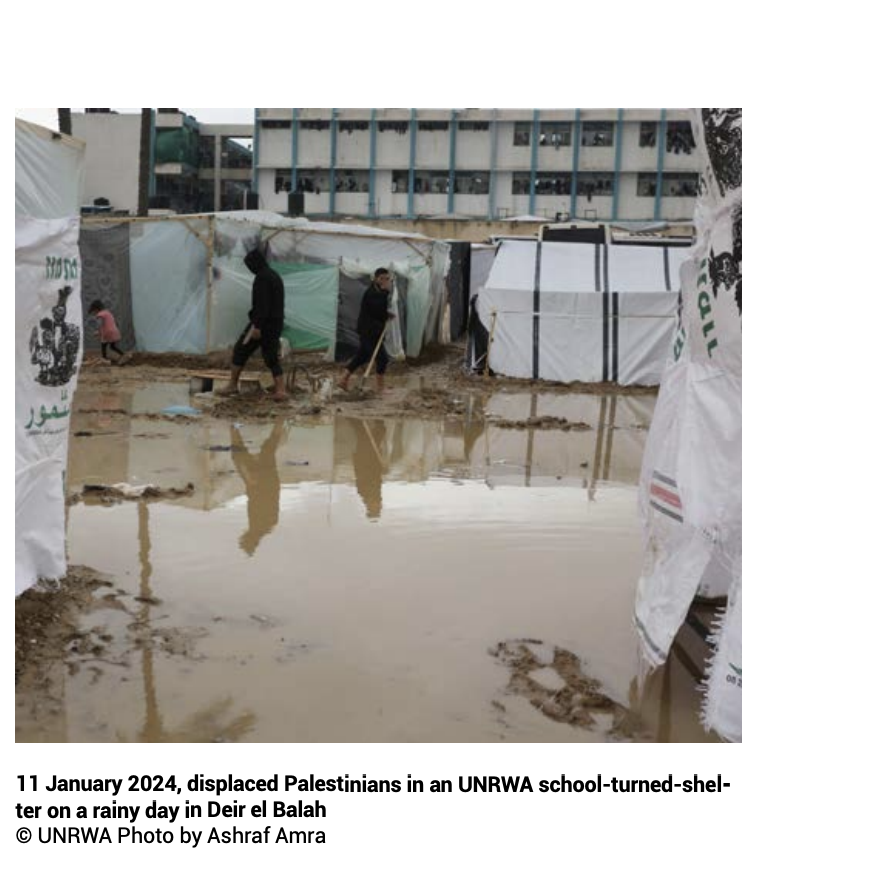
It was later revealed (a month after the report) that this school housed a Hamas headquarters, which was targeted in an attack.
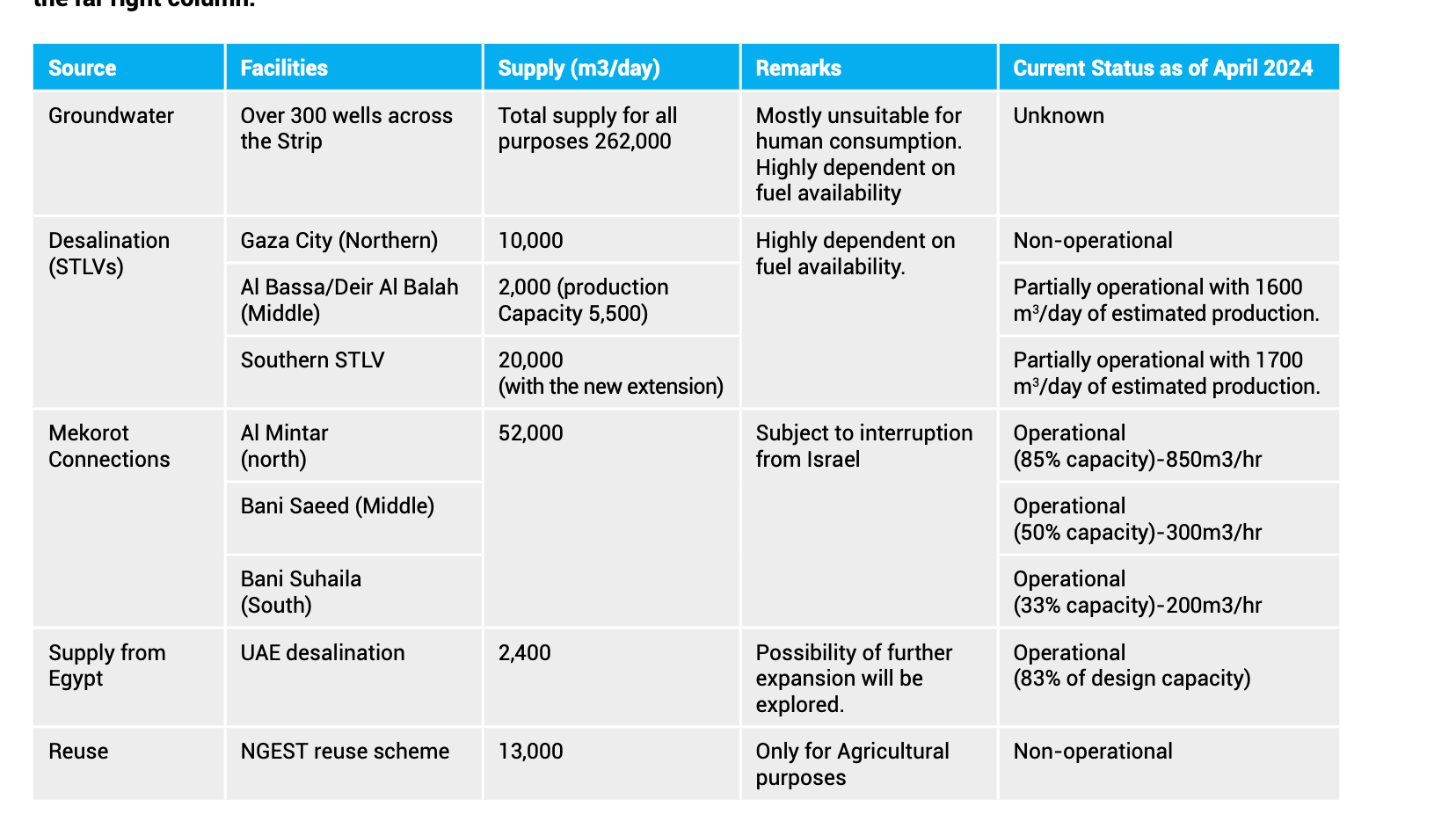
As of July 15, the "Gaza Municipality" reported that it could not supply water.

The rubble remains after military actions. This is another environmental problem.
The end of the document leads us to the conclusion that this is only a preliminary assessment, conducted without being on-site. However, it is already clear that the restoration of the Strip will require substantial funding, and the organization that prepared this report and the UN are ready to address this issue. In simple terms, the UN is ready to start collecting money from everyone to "resolve the humanitarian disaster and improve the environmental situation." Therefore, it is urgent to cease fire and allow the UN to intervene. I think no further comments are needed.
Now I propose to discuss another point with you.
There is the Gaza Strip, and let's assume that there really is a humanitarian disaster there. For 18 years, it has not been possible to solve it (naturally due to occupation), but now the UN structures will solve it.
However, there are also Judea and Samaria, referred to as the Occupied Territory of the West Bank and East Jerusalem, alternately called the "State of Palestine" and the occupied Palestinian territories.
I suggest you familiarize yourself with the photos taken by Mezuzah correspondents.
Geolocation: https://maps.app.goo.gl/wPFWfrUF16UNCxFH8
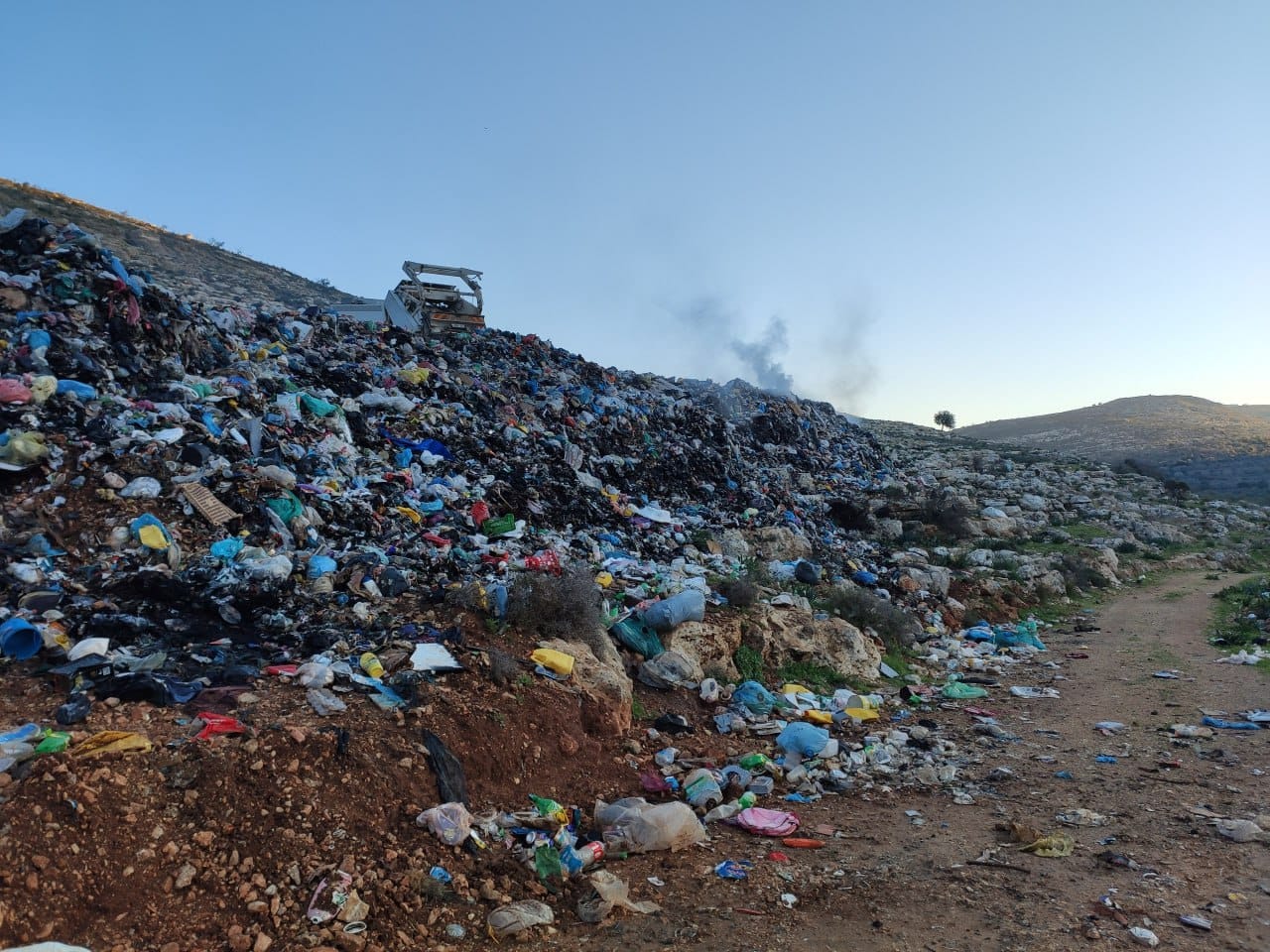

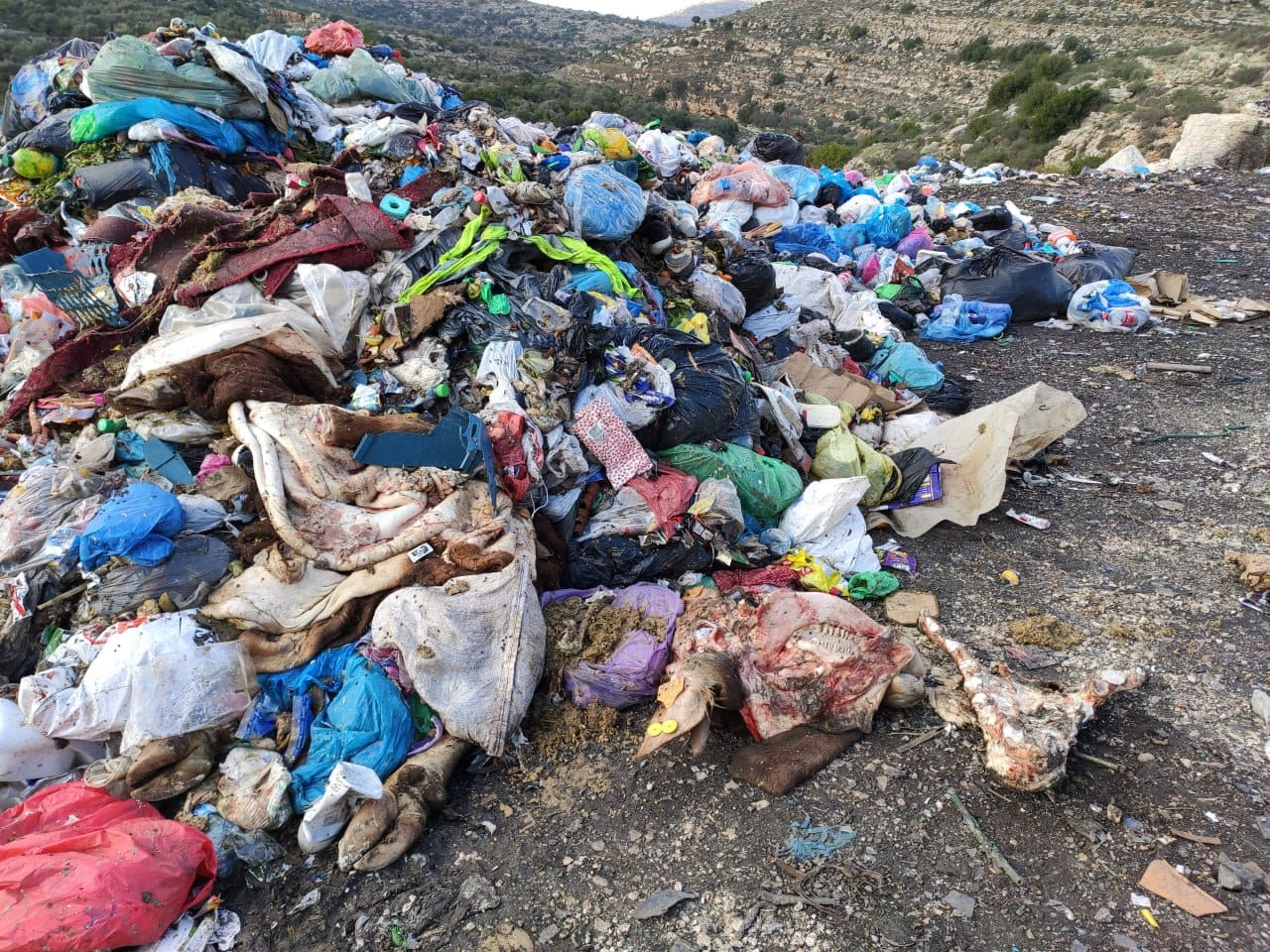
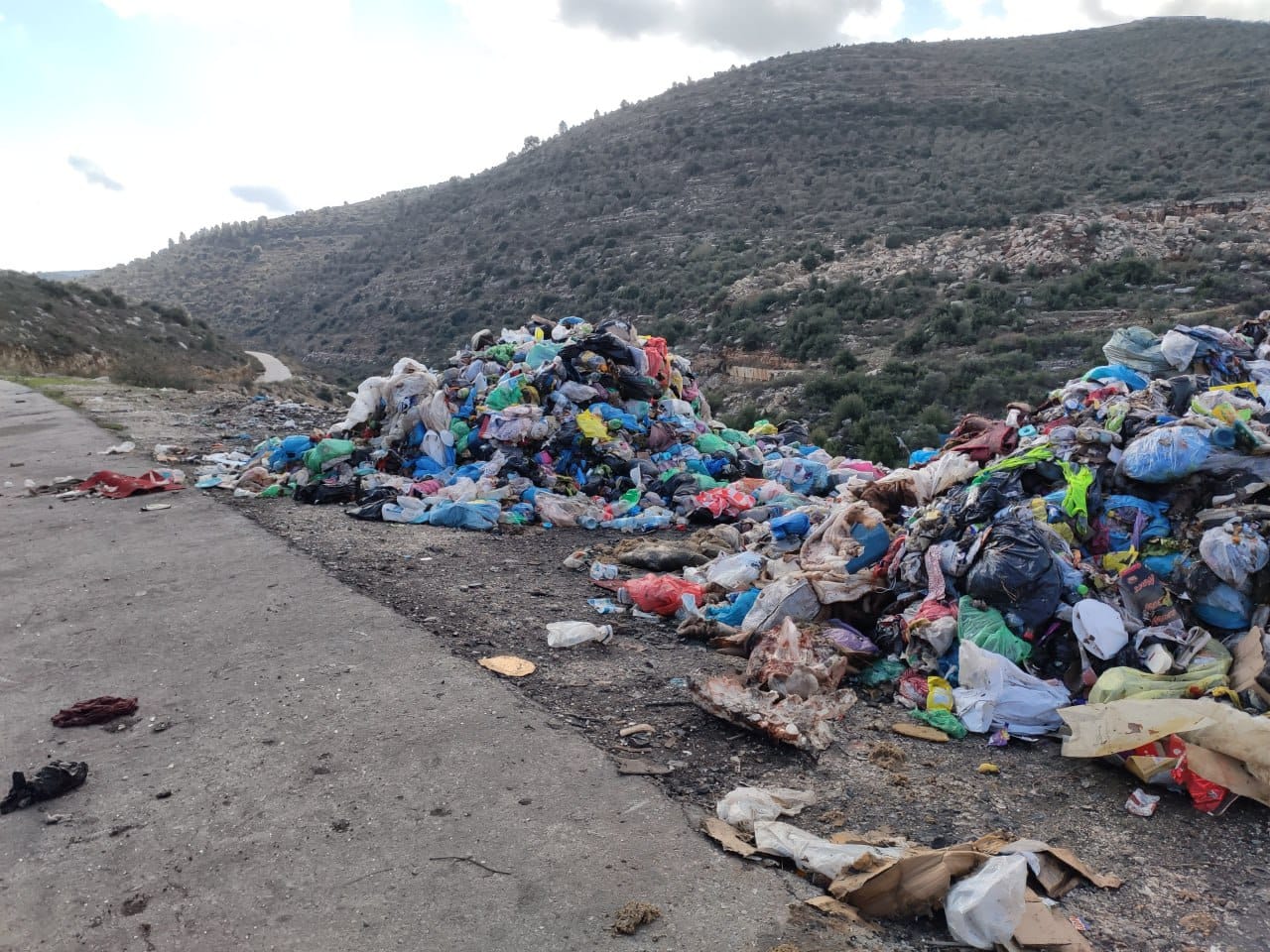
Yes, these are cow carcasses that have been gutted and left under the scorching sun, leaving only skin and bones.
Geolocation: https://maps.app.goo.gl/iUJ2fVgbcRKSCCYc7
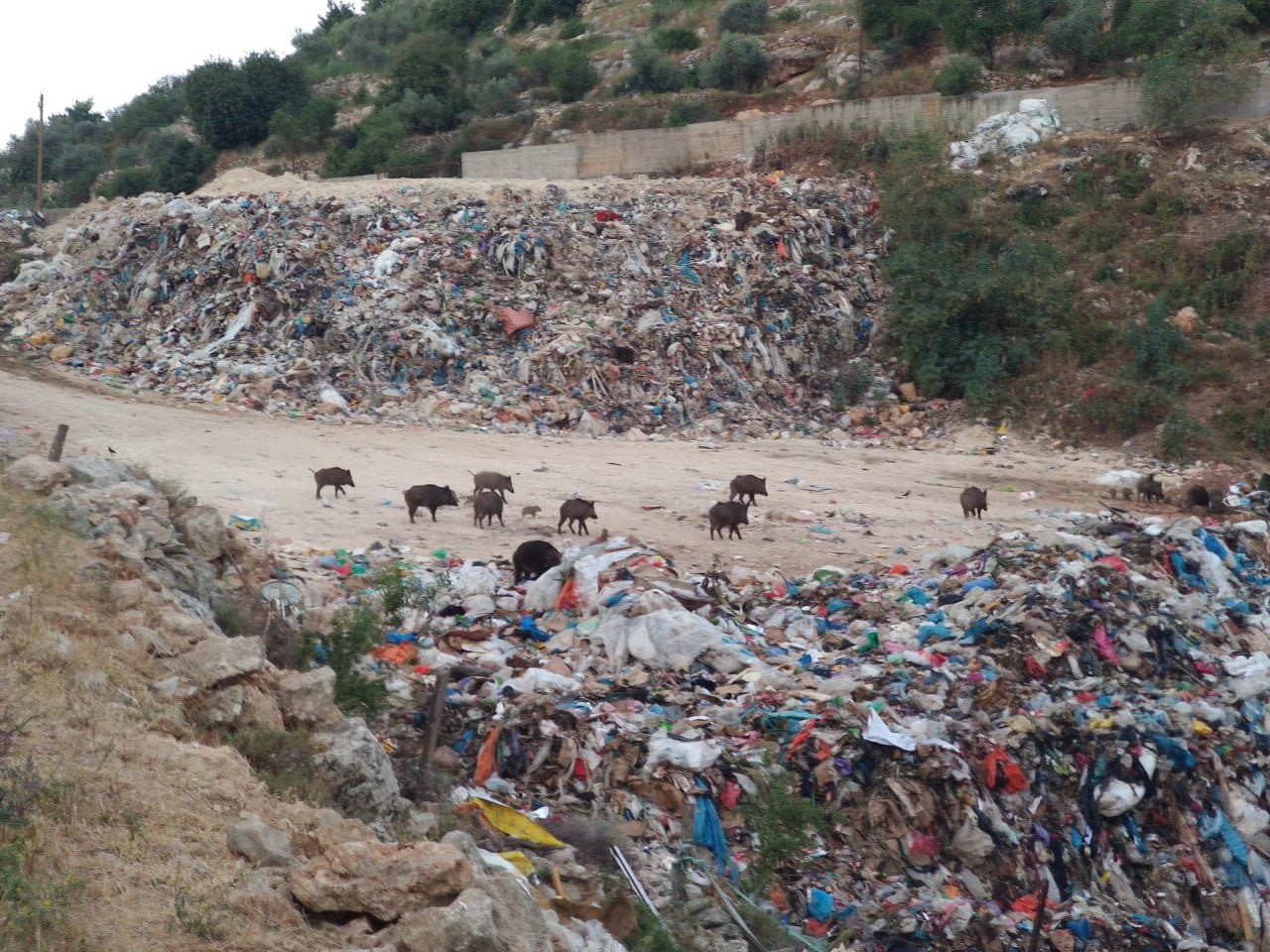
This is located within ten meters of the city.
Such dumps are scattered throughout the Palestinian Authority, including Area C, where Israeli administration is present (subsequently, Israelis try to eliminate them).
Palestinian residents collect the waste and then set it on fire, along with plastic and rotting animal carcasses, to free up space for new garbage.
In conclusion, I would like to ask: what reasons will the UN find for the garbage and environmental destruction here? The territory is sufficient, funding is available, there is a border with Jordan, and bombs are not falling. So what is it? Are the occupiers to blame? Or is it time to recognize Palestinians as capable individuals, give them agency, and agree that they are responsible for many of their problems? Isn't it time for the world to let these people "grow up"?
Prepared by: Leonid Goldenberg
Photos by: Daniel (his Telegram channel - https://t.me/part_time_stalker)
